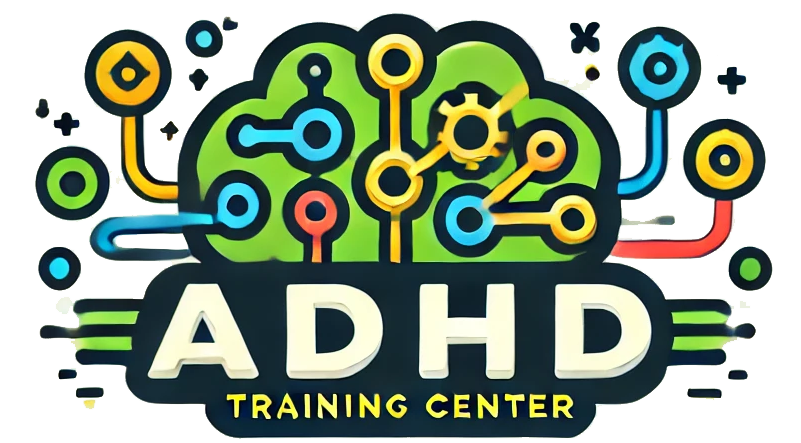ADHD is complicated. As much as people like to casually diagnose ADHD themselves, the truth is that ADHD is something that typically only professionals can diagnose because what people call ADHD can just be normal childhood attention issues, lack of sleep, anxiety, or something else.
For treatment to ADHD to work, the child has to have ADHD.
But what if you’re not sure?
You speak to an expert, of course. Only a psychiatrist can diagnose ADHD. Yet what psychiatrists do is they look for signs – signs that studies have shown are more common in those that have ADHD or executive function disorder.
Today, we’re going to talk about one of those signs, known as “Mirroring Overflow.”
Side Note: Speaking of Mirrors, many parents of kids with ADHD have reported that their child loves looking at themselves in the mirror. Why this occurs is not entirely clear, and it’s also not clear if this has a relationship to ADHD, but many young people – and adults – say that they find it fascinating to see themselves in the mirror. Perhaps it has to do with processing the self.
Does this describe your child? Let us know!
What is Mirroring Overflow?
“Mirroring overflow” is a subtle motor symptom that can appear in children with ADHD, particularly during early development. It’s a type of involuntary movement that happens on one side of the body when the other side is intentionally moving.
For example, if a child is asked to tap their right fingers on a desk, you might see their left fingers subtly move or tense up at the same time – even though they weren’t asked to do anything with that hand.
This kind of movement is usually unintentional. The child doesn’t know they’re doing it. That’s why it can be a helpful observation for professionals trying to understand if there are underlying neurological differences, especially those related to executive function or motor control.
Why It Might Be Related to ADHD
Mirroring overflow has been observed more often in children with ADHD than in neurotypical children. While not everyone with ADHD has it – and having it doesn’t mean someone has ADHD – it is considered a “soft sign” (interesting, but not indicative) of how the brain manages motor control and inhibition.
These same neurological pathways are often involved in focus, impulse regulation, and activity levels – the areas typically affected in ADHD.
Some theories suggest that mirroring overflow occurs because the parts of the brain responsible for separating motor activity between left and right sides are not as tightly controlled in individuals with ADHD. The result is that movements intended for one side “spill over” to the other, especially during tasks that require concentration or coordination.
This is also why mirroring overflow may become more noticeable when the child is focused on a task, like drawing, writing, or buttoning a shirt. You may see one hand moving when the other is working.
Should You Be Concerned?
Mirroring overflow on its own isn’t a problem. It’s not dangerous, and many children grow out of it as their brains develop. That’s why it’s something that is a bit more meaningful in childhood (although keep in mind that all children’s brains are developing in childhood, meaning it may not be ADHD at all).
But when it’s seen alongside other symptoms – difficulty focusing, high activity levels, impulsive behavior, and problems with executive function – it can be one more piece of evidence for an ADHD diagnosis.
It’s also something that most parents won’t notice unless they’re specifically looking for it. Pediatricians, occupational therapists, and psychiatrists may check for it during a neurological exam or during play-based assessments, especially if the child is being evaluated for ADHD or similar conditions.
When to Talk to a Specialist
If you notice your child moving both hands during one-handed tasks, or if they seem to do involuntary movements during focus-heavy activities, mention it to a pediatrician or psychiatrist – especially if other signs of ADHD are present. These observations can help a clinician build a more complete understanding of how your child’s brain is working, and what support may be helpful.
Mirroring overflow isn’t something to worry about on its own. But like many other small signs, it can contribute to an accurate diagnosis and better understanding of what your child needs.


